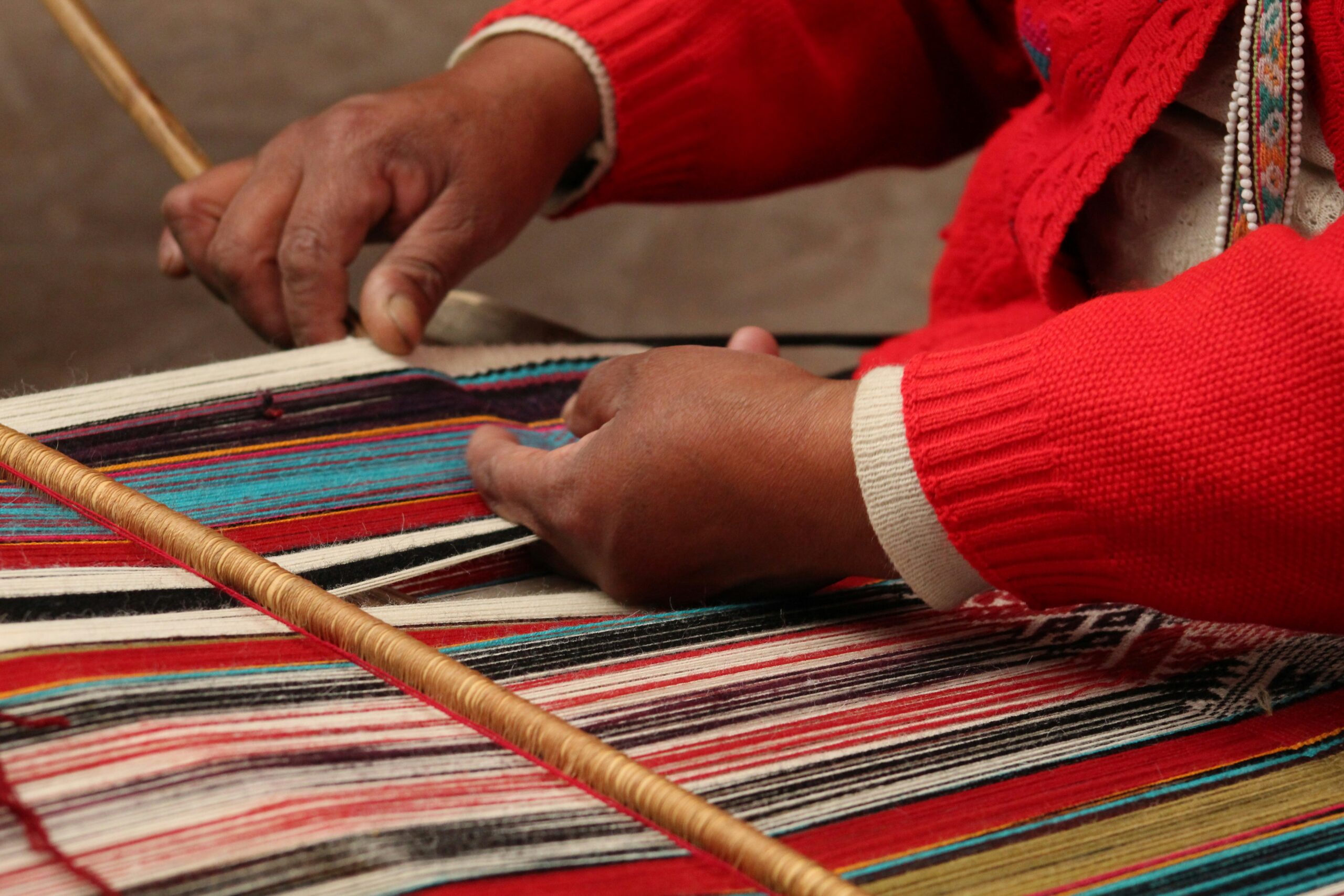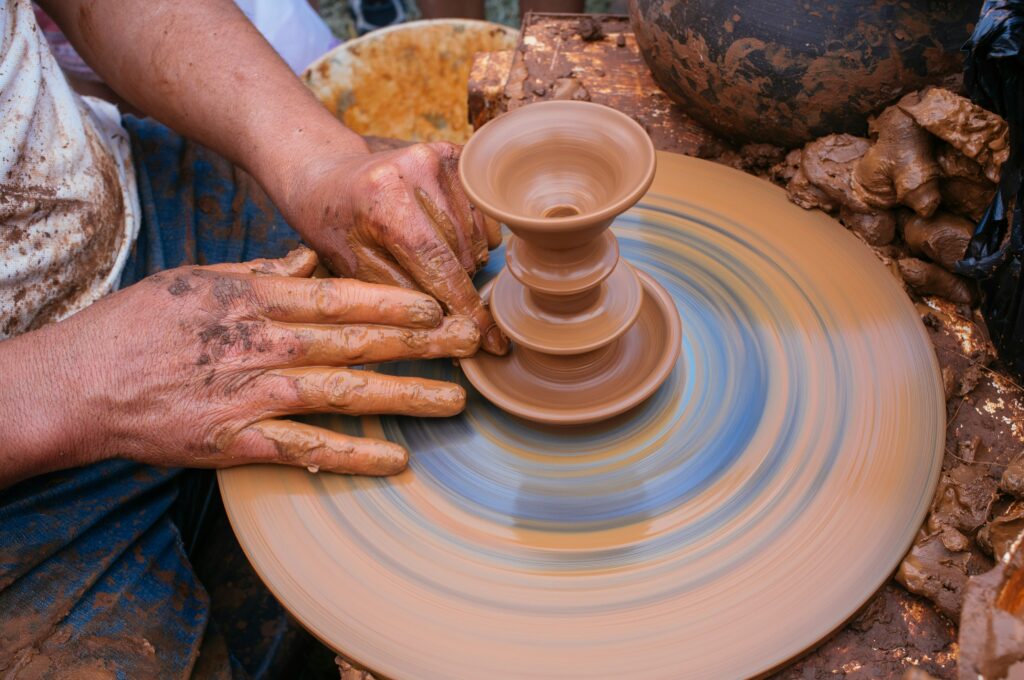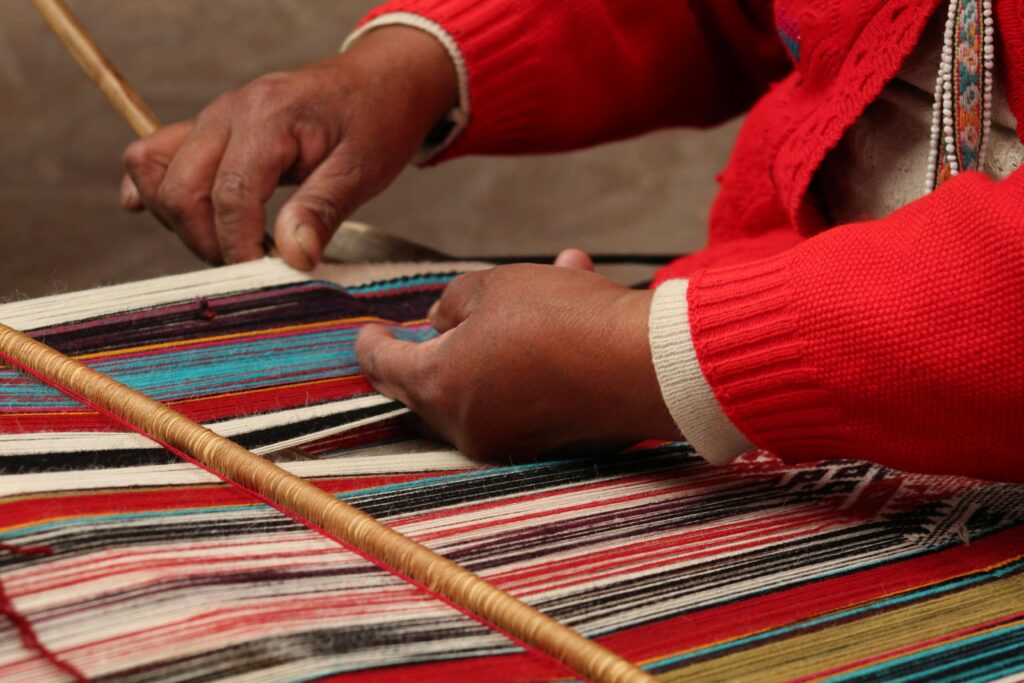
Exploring traditional handcrafts from around the world
Handcrafting is one of the oldest forms of human expression. From the intricate patterns in textiles to the delicate art of paper folding, traditional handcrafts have been passed down through generations, not only as practical tools but as representations of culture, identity, and history. These handcrafts are not just functional objects but also tell stories about the people who created them and the societies they came from. In a world that increasingly values mass production and instant gratification, there’s something deeply meaningful about exploring the handcrafts that have withstood the test of time and continue to thrive in many cultures today.
Let’s take a look at how traditional handcrafts have been preserved across the globe, some of the most notable crafts, and how they continue to inspire modern artisans:
- A global tradition of handcrafting
- Notable handcrafts from different cultures
- The role of handcrafting in preserving cultural identity
- Modern adaptations of traditional crafts
- Appreciate and support traditional handcrafts
💡 Please be respectful of cultures and traditions!
A global tradition of handcrafting
Handcrafts are not only a reflection of the resources and materials available in different regions but also a tangible connection to the cultural history of a community. For centuries, people around the world have used their hands and skills to create objects that were both functional and artistic. These handcrafts often carry symbolic meanings, link communities together, and represent local traditions.

In many cases, handcrafts are also deeply tied to the environment, with artisans working with natural materials such as wood, clay, and plant fibres. As societies have evolved, these crafts have adapted to modern times, but they still serve as a critical part of a culture’s identity. From textiles to pottery, metalwork to woodwork, traditional handcrafts continue to connect people with their heritage, and by appreciating and supporting these crafts, we help ensure that these traditions live on for future generations.
Notable handcrafts from different cultures
Across the globe, different cultures have developed their own unique handcrafts, each with its own techniques and materials. Here are just a few of the most notable ones:
Japanese Origami
Origami, the Japanese art of paper folding, has become a symbol of Japanese culture around the world. This ancient craft involves transforming a flat sheet of paper into a three-dimensional shape using only folding techniques – no glue or cutting required. What started as a ceremonial and decorative art form in Japan has now evolved into a global hobby. Origami reflects the Japanese values of precision, patience, and respect for materials. With intricate designs ranging from simple cranes to complex geometric patterns, origami continues to captivate people of all ages worldwide.
Mexican Embroidery
Embroidery has been a cherished art in Mexican culture for centuries, and it holds special significance in the country’s rich history of indigenous traditions. Each region of Mexico has its own distinctive style, often using bright, bold colours and intricate stitching to decorate clothing, textiles, and accessories. The most famous style, often called bordado, can be found in communities such as Oaxaca, where hand-embroidered designs are used to adorn traditional garments like blouses, shawls, and skirts. These beautiful pieces are not just decoration but are often infused with symbolic meanings representing the flora, fauna, and spiritual beliefs of the people.
African Beadwork
Beadwork is a vital part of many African cultures, particularly in sub-Saharan Africa, where it has been used for centuries to create beautiful jewellery, accessories, and ceremonial garments. Beads are often made from a variety of materials, such as glass, metal, clay, and bone, and are meticulously threaded to form intricate patterns. In African cultures, beadwork carries significant cultural meaning, with different colours and patterns representing various aspects of life, including status, identity, and community. For example, in Maasai culture, beads are used in jewelry and clothing to indicate age, marital status, and tribal affiliation. This vibrant form of expression continues to thrive in contemporary African art, combining traditional techniques with modern design elements.

The role of handcrafting in preserving cultural identity
Traditional handcrafts play a crucial role in preserving cultural identity, as they are often tied to local history, customs, and belief systems. These crafts act as a living record of a community’s past, values, and heritage. They are passed down from generation to generation, often through apprenticeships or family traditions, ensuring that the knowledge and techniques of older generations are preserved.
“It is the antithesis of a throw-away culture: craft items are made to last and be treasured, and every piece has a story behind it”. – Kara Leigh Ford
For many communities, the process of making handcrafts is not only a way to create functional or decorative items but also a form of storytelling. For example, in Aboriginal Australian culture, handwoven baskets are more than just tools; they’re woven with stories of the land, the ancestors, and spiritual beliefs. The designs and motifs used in these crafts reflect an intimate connection with nature and serve to transmit cultural values and history.
Handcrafts also act as a form of resistance against globalisation and the spread of mass production. As the world becomes increasingly dominated by fast fashion and factory-made products, many artisans are holding on to traditional methods of production as a way of keeping their culture alive. By supporting these crafts, we not only help preserve these cultural practices but also celebrate the diversity and richness of human creativity.
Modern adaptations of traditional crafts
In recent years, many traditional crafts have experienced a revival, as contemporary artisans bring new life to ancient techniques. These modern adaptations are blending old-world craftsmanship with new ideas, making these handcrafts more relevant to today’s consumers while retaining their cultural significance.
For example, traditional embroidery and weaving techniques are being incorporated into modern fashion, with designers using ancient techniques to create contemporary clothing collections. Similarly, many artists are combining origami with other forms of art, such as sculpture and interior design, to create cutting-edge works that honour the craft’s rich history while pushing it into the modern art world.
This blend of tradition and innovation has brought handcrafts to a new audience. Many artisans are now using social media platforms to showcase their work, enabling them to reach global audiences and sell their pieces online. This has also helped revive interest in handcrafts, as people increasingly appreciate the value of handmade goods in a world flooded with mass-produced items.
Appreciate and support traditional handcrafts
The rich and diverse world of traditional handcrafts is a testament to the creativity, ingenuity, and cultural significance that these practices hold. From Japanese origami to African beadwork, each craft tells a unique story about the people and cultures that created them. As modern society continues to embrace sustainability, individuality, and heritage, supporting traditional handcrafts has never been more important.
Let’s recap:
- Traditional handcrafts are an expression of cultural identity and individuality
- They can carry symbolic or religious meaning and connect many generations to each other
- Handcrafts are often connected to the environment, working with the natural materials and ingredients available regionally
- Notable examples of traditional and historical handcrafts are Japanese Origami, African Beadwork and Mexican Embroidery, among many others of course
- Handcrafts can also be combined, such as origami in paintings and embroidery on knitted items
- Handcrafts and artisan pieces make up an important part of our society, and besides their productive side also have a communal character
- When looking into traditional handcrafts, please make sure to treat them with respect and understanding
By learning about and supporting local artisans and their craft, we not only help preserve these ancient traditions but also ensure that future generations can continue to enjoy and appreciate the beauty of handmade items. Whether you’re purchasing a handmade piece or taking up a craft yourself, the value of handcrafts extends far beyond their aesthetic appeal. They connect us to our shared history, cultures, and stories, making them an invaluable part of our world’s heritage.
We really enjoyed this beginner-friendly Origami tutorial, go check it out:


